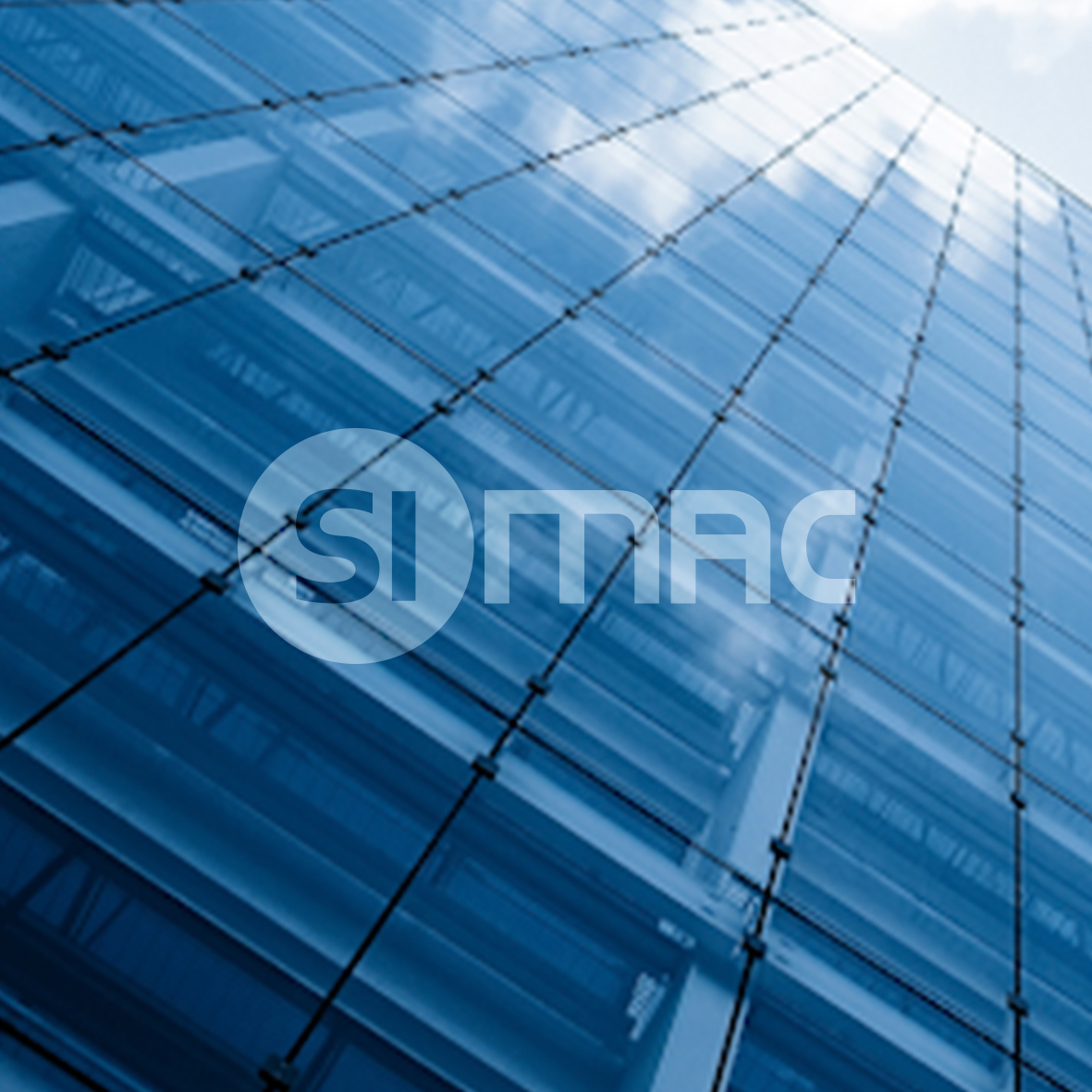Urban environments face a growing challenge known as the urban heat island (UHI) effect, where metropolitan areas experience significantly higher temperatures than surrounding rural regions. This phenomenon results from human activities, dense infrastructure, and the materials used in buildings and pavements. The impact on city residents includes increased energy consumption, elevated health risks during heatwaves, and reduced overall comfort. Addressing these issues requires innovative approaches in urban design, where building aesthetics and functionality intersect.
Among various strategies, the role of building colors is gaining recognition as a simple yet effective means of influencing urban microclimates. By understanding how colors interact with sunlight and heat, urban planners and architects can design cities that are more sustainable and livable. In this article, we explore the science behind building colors, their historical and modern applications, and how they contribute to healthier city environments.
Table of Contents
- The Science Behind Building Colors and Heat Absorption
- Historical Perspectives on Building Colors and Urban Climate
- Modern Approaches to Urban Color Planning
- «My Sweet Town»: A Modern Illustration of Color Impact on Urban Life
- Non-Obvious Factors Connecting Building Colors and City Life
- The Intersection of Building Colors, Heat, and Sustainability
- Practical Implications for Urban Residents and Policymakers
- Conclusion: Harmonizing Aesthetics, Functionality, and Climate Needs
The Science Behind Building Colors and Heat Absorption
The thermal behavior of a building’s exterior is heavily influenced by its color, primarily through the processes of absorption and reflection of sunlight. Darker colors such as black or deep blue tend to absorb more solar radiation, converting it into heat, which raises the surface temperature. Conversely, lighter colors like white or pastel shades reflect most sunlight, reducing heat gain. This fundamental principle is rooted in the physics of light: visual brightness correlates inversely with heat absorption.
For example, a study published in the Journal of Building Physics found that reflective white roofs can lower surface temperatures by up to 30°C compared to traditional dark roofs. This reduction in surface temperature translates into lower indoor cooling loads, leading to energy savings and decreased greenhouse gas emissions. The concept of thermal regulation through color choice is not only practical but also supported by extensive research into materials science.
Examples of Color Choices in Architecture and Their Thermal Effects
- Bright white or metallic reflective coatings on roofs to minimize heat absorption.
- Light-colored facades in tropical climates to promote cooling.
- Dark exteriors used intentionally in colder regions to absorb solar heat and reduce heating costs.
Historical Perspectives on Building Colors and Urban Climate
Historically, cityscapes often reflected cultural and environmental considerations. In ancient Mediterranean cities, whitewashed buildings helped reflect sunlight, keeping interiors cooler in the hot climate. Similarly, traditional Japanese architecture utilized light clay and paper to mitigate heat absorption. These aesthetic choices were intrinsically linked to climate adaptation, demonstrating that urban color schemes have long served functional purposes beyond aesthetics.
As urban areas expanded and technology advanced, city planners began incorporating climate resilience into urban design. The evolution of building colors was influenced by material innovations, environmental awareness, and aesthetic trends. Today, cities like Los Angeles and Melbourne deploy reflective coatings and color standards aimed at reducing urban heat islands. These strategies exemplify how historical practices have evolved into modern, science-based interventions.
Case Studies of Cities Implementing Color-Based Strategies
The city of Los Angeles launched a “Cool Neighborhoods” initiative, encouraging the use of reflective white and light-colored paints on rooftops and facades. Similarly, Melbourne’s urban heat reduction program promotes the use of light-colored materials in public spaces. These efforts have demonstrated measurable temperature reductions—up to 4°C—highlighting the practical benefits of strategic color choices.
Modern Approaches to Urban Color Planning
Contemporary urban design integrates innovative solutions such as cool roofs, reflective paints, and color standards to combat rising temperatures. Cool roofs employ specially formulated coatings that reflect infrared radiation, significantly reducing surface heat. These materials are now mandated in many cities through policy initiatives aimed at sustainability and resilience.
Urban planners and architects play a critical role in implementing these strategies. They select color palettes and materials that balance aesthetic appeal with thermal performance. For instance, the adoption of light-colored facades in dense city districts not only mitigates heat but also enhances visual vibrancy, contributing to a more lively urban environment.
Policy Initiatives and Design Standards
- Building codes requiring reflective roofing materials in heat-prone zones.
- Urban zoning laws promoting light-colored public infrastructure.
- Incentives for retrofitting existing buildings with heat-reducing coatings.
«My Sweet Town»: A Modern Illustration of Color Impact on Urban Life
«My Sweet Town» serves as an exemplary model where color choices are intentionally integrated into urban design to address heat mitigation. In this simulated city, vibrant yet reflective building facades, public spaces painted with cool tones, and rooftop gardens with light-colored coverings demonstrate how color strategies can enhance energy efficiency and resident comfort.
The city’s design emphasizes the importance of aesthetic diversity combined with climate-responsive features. Bright colors in residential neighborhoods not only reflect sunlight but also elevate residents’ mood and community identity. These thoughtful applications exemplify how a modern city can harmonize visual appeal with sustainability principles.
For a deeper understanding of how urban planning can leverage such strategies, exploring innovative city models like mysweettown-onlinegame.top reveals the potential for virtual environments to simulate and test sustainable urban designs before real-world implementation.
Non-Obvious Factors Connecting Building Colors and City Life
Beyond thermal considerations, colors influence residents’ psychological well-being. Bright, soothing hues can reduce stress and improve social interactions, creating a more vibrant community atmosphere. Conversely, dull or overly dark environments may contribute to feelings of gloom or social withdrawal.
Cultural preferences also shape urban color schemes. For example, in Mediterranean regions, whitewashed buildings are not only practical but also reflect local aesthetic traditions. In contrast, some Asian cities incorporate bold color accents to symbolize cultural values or historical significance.
Furthermore, building colors impact city branding and tourism. Iconic colorful architectures—like Burano’s rainbow houses in Italy—attract visitors and boost local economies. These examples highlight that urban color planning influences social, cultural, and economic dimensions of city life.
The Intersection of Building Colors, Heat, and Sustainability
Color strategies are increasingly integrated with green infrastructure and cooling technologies. Combining reflective surfaces with green roofs, shaded public spaces, and permeable pavements creates a multifaceted approach to urban resilience.
Innovations in materials science now enable the development of coatings and paints that not only reflect sunlight but also adapt to environmental conditions, optimizing thermal performance. As climate change intensifies, future urban color planning will likely emphasize dynamic, adaptive surfaces that respond to temperature fluctuations.
Emerging trends point toward the use of nanotechnology and smart coatings, which could revolutionize how cities manage heat while maintaining aesthetic standards. These advancements underscore the importance of interdisciplinary collaboration in designing sustainable urban environments.
Practical Implications for Urban Residents and Policymakers
Homeowners and business owners can contribute by choosing reflective or light-colored paints for roofs and facades. These simple modifications can significantly reduce cooling costs and improve comfort during heatwaves.
Policymakers should consider implementing building codes that incentivize the use of heat-reflective materials, especially in vulnerable urban areas. Public awareness campaigns can educate communities on the benefits of thoughtful color choices, fostering a culture of sustainability.
Community engagement is crucial. Participatory planning processes ensure that local aesthetics, cultural values, and environmental goals align, resulting in more effective and accepted interventions.
Harmonizing Aesthetics, Functionality, and Climate Needs
Building colors play a vital role in shaping urban heat dynamics and enhancing city life. Through conscious design choices, cities can reduce energy consumption, improve residents’ well-being, and foster vibrant communities. The example of «My Sweet Town» illustrates how integrating color strategies into urban planning can serve as a modern blueprint for sustainable development.
As science advances and awareness grows, the integration of aesthetic appeal with climate resilience becomes increasingly achievable. Ongoing innovation and community participation will be essential in creating cities that are not only beautiful but also environmentally resilient and socially inclusive.
“Color is not merely a matter of aesthetics but a strategic tool in building sustainable, comfortable, and resilient urban environments.”



